A volcano located in the Pacific Ocean is gaining attention due to indications that it is creating a new island. This natural occurrence offers scientists a rare chance to witness the process of island formation as it happens. The situation highlights the ever-changing characteristics of our planet's surface and its ongoing evolution.
The Process of Volcanic Island Creation
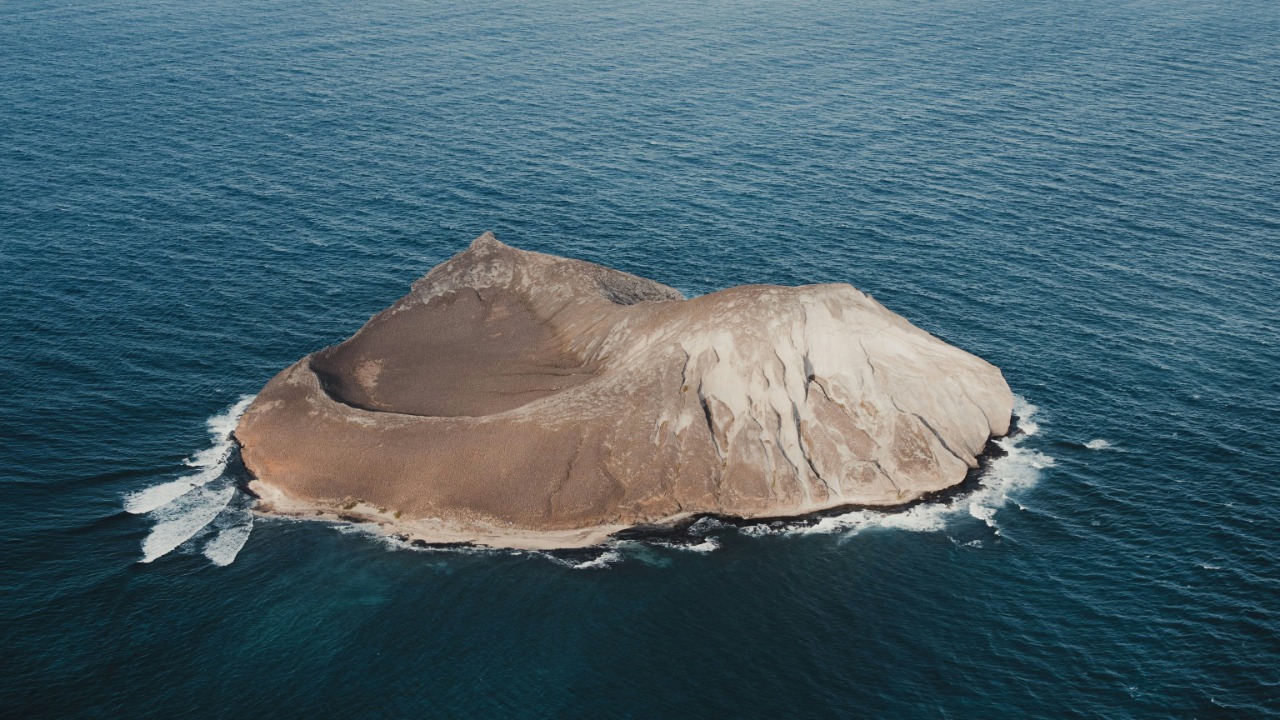
Tectonics of the Earth and the Ring of Fire
The Earth's outer layer is split into multiple tectonic plates that rest on the partially molten asthenosphere underneath. This shifting is the main cause of volcanic eruptions. The Pacific Ocean contains theRing of Firea region shaped like a horseshoe, famous for having a large number of volcanoes and frequent earthquakes. This area is responsible for approximately 75% of the world's active volcanoes and is a place where new geological features, such as islands, are constantly forming.
The ongoing movement of tectonic plates in this region leads to circumstances favorable for volcanic activity. When an oceanic plate is pushed beneath a continental plate, it melts because of high heat and pressure, leading to the formation of magma. This magma may eventually reach the surface, triggering volcanic eruptions that can result in the formation of new islands.
Volcanic Activities Resulting in the Creation of Islands
Underwater volcanic activity plays a key role in the creation of islands. When a volcano erupts under the sea, molten rock is released, quickly solidifying when it meets the water. Gradually, repeated eruptions add layers of hardened lava and ash, forming a seamount. If the volcanic activity continues, the seamount may rise high enough to emerge above the water, resulting in the formation of a new island.
Island creation involves multiple phases. First, a volcanic hill rises from the ocean floor. As eruptions persist, the hill breaks through the water, forming an island that is visible above the surface. Eventually, the island becomes stable, and plant life may start to grow on the new land, indicating the last phase of its formation.
Historical Background and Current Developments
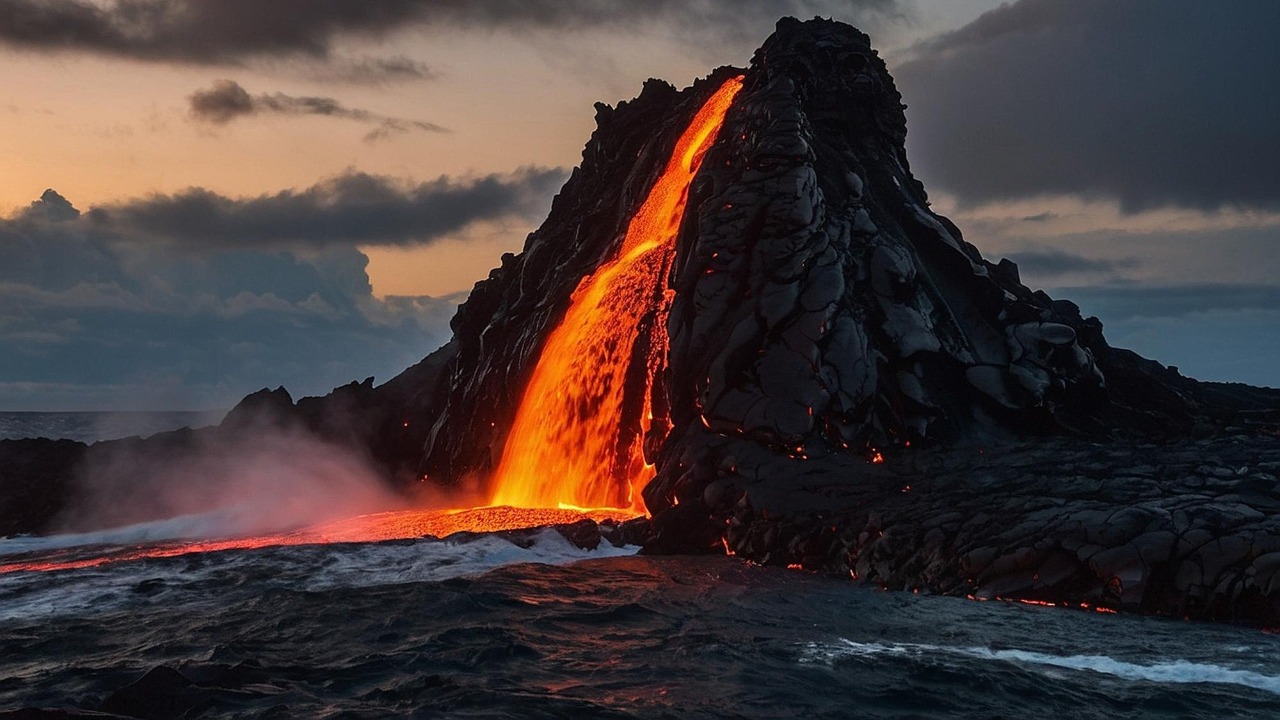
Past Instances of Volcanic Island Creation
Throughout the ages, volcanic eruptions have resulted in the formation of new landmasses. A notable instance isSurtsey, an island that appeared off the coast of Iceland in 1963. The volcanic event continued for almost four years, offering important knowledge about geological processes and the development of ecosystems. In a similar way, the creation of Hunga Tonga in the Pacific Ocean in 2015 demonstrated the powerful impacts of underwater volcanic eruptions.
These past events demonstrate the impactful nature of volcanic eruptions. They not only alter the planet's landscape but also lead to the formation of new environments, providing researchers with chances to observe natural processes of growth and adjustment as they happen.
Recent Volcanic Eruptions and Their Effects
The 2019 White Island eruptionA recent instance of volcanic activity in New Zealand demonstrates the possible effects of such events. Although it did not create a new island, the eruption emphasized important geological consequences, such as modifications to the terrain and the possibility of further activity in the region.
New volcanic activity in the Pacific has drawn the interest of scientists from around the globe. Continuous observation of these eruptions provides an opportunity to collect information that may enhance our knowledge of volcanic mechanisms and their lasting impact on the Earth's landscape.
Scientific Observations and Research
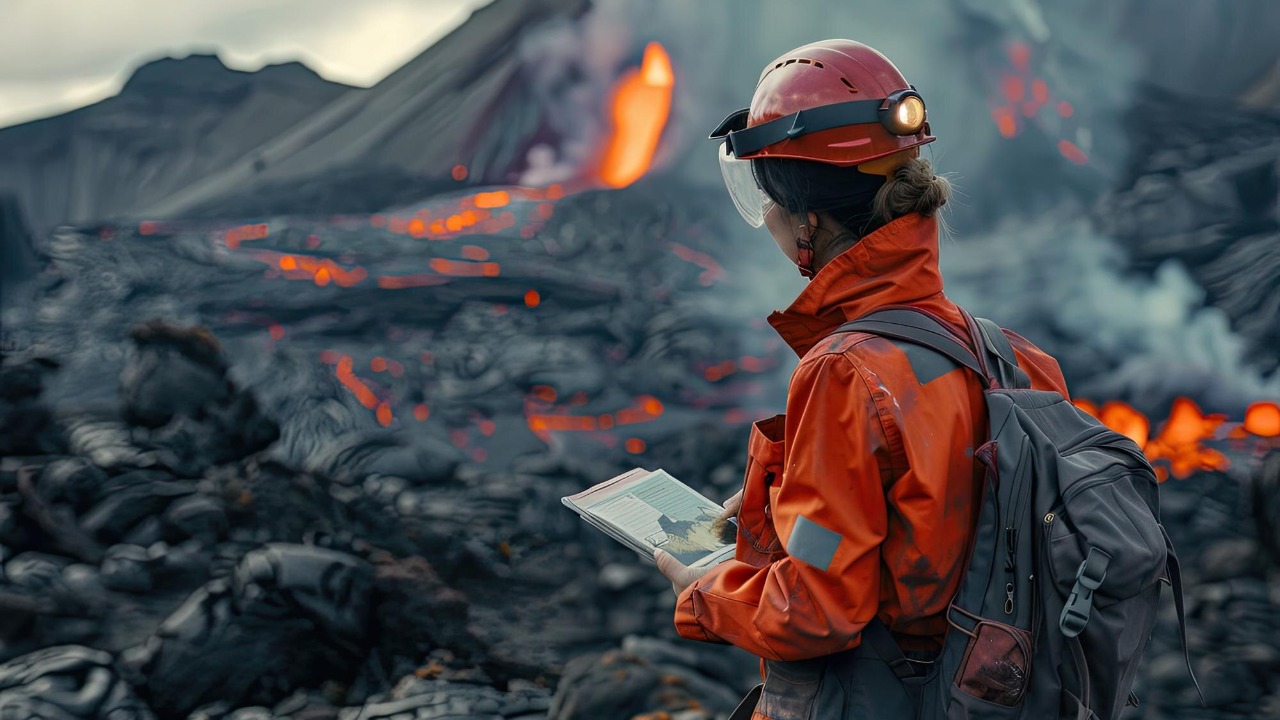
Monitoring and Data Collection
Modern advancements are essential in keeping track of volcanic activity. Satellite images and remote sensing methods enable researchers to monitor alterations on the Earth's surface as they happen. These resources are extremely useful for following volcanic eruptions and evaluating their ability to form new land areas.
Recent research and on-site observations have offered important understanding about the mechanisms behind island creation. For example,scientists are closely watchingrecent volcanic activity in the Pacific, gathering information that may aid in forecasting subsequent eruptions and their effects.
Implications for Geological Research
The possibility of a new island emerging presents thrilling opportunities for geological study. Through examining such occurrences, researchers can improve their comprehension of volcanic behavior and the formation of islands. This information adds to a greater understanding of the ever-changing forces that influence our world.
Future investigations might concentrate on the long-term growth of emerging islands, such as their stability and the progression of ecosystems. This continuous research has the potential to uncover additional insights into how organisms establish themselves on new land and adjust to evolving environmental factors.
Environmental and Ecological Considerations
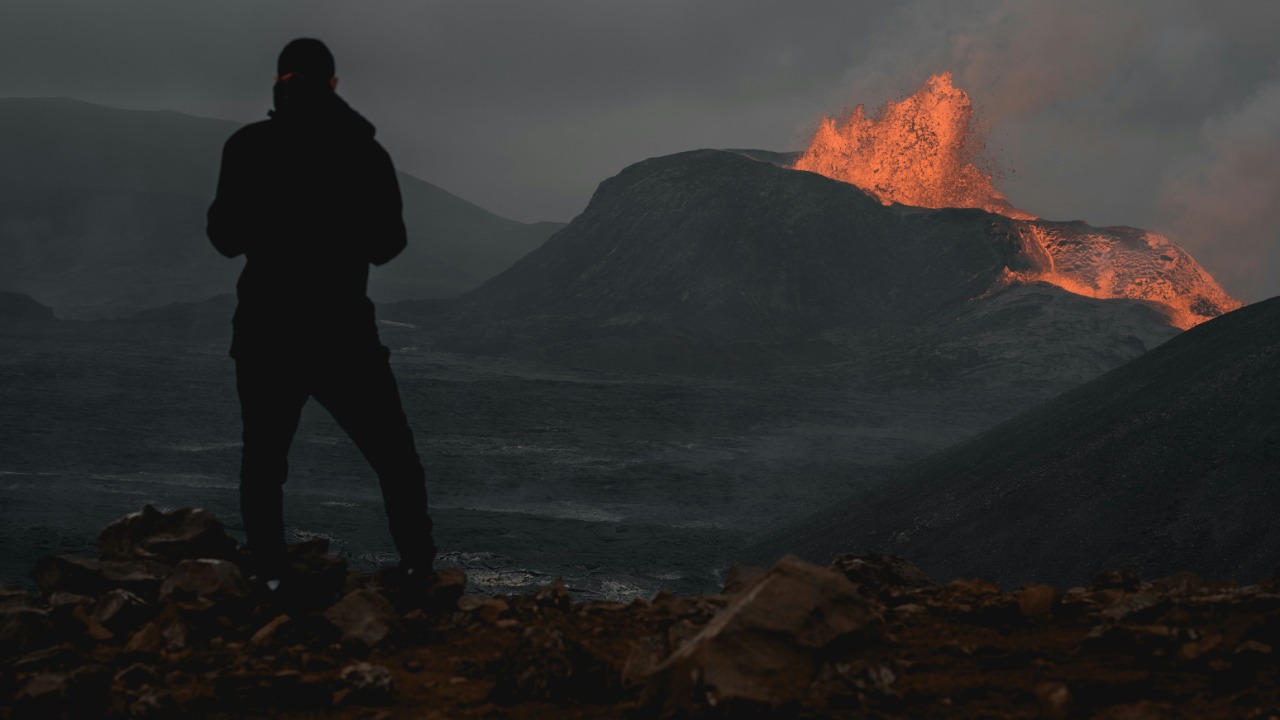
Effect on Oceanic and Land-Based Ecosystems
New land formations can have a major effect on surrounding environments. The early volcanic activity might cause short-term disturbances to ocean life, but eventually, new living spaces can develop. The process of these islands being taken over by vegetation and wildlife provides chances to examine how ecosystems evolve and how variety in species develops.
The creation of new land can also bring difficulties for local wildlife. Invasive species might endanger indigenous plants and animals, highlighting the need for careful observation and control of these developing environments.
Human and Ecological Safety Issues
Volcanic eruptions can present dangers to people and the environment. Evaluating these threats is essential to protect those living in the vicinity. Experts and officials might create plans to reduce these risks, including setting up restricted areas and enhancing alert systems.
Grasping the possible dangers linked to volcanic eruptions aids in preparing for upcoming occurrences and reducing their effects on people and the environment.
Potential Future Developments and International Importance
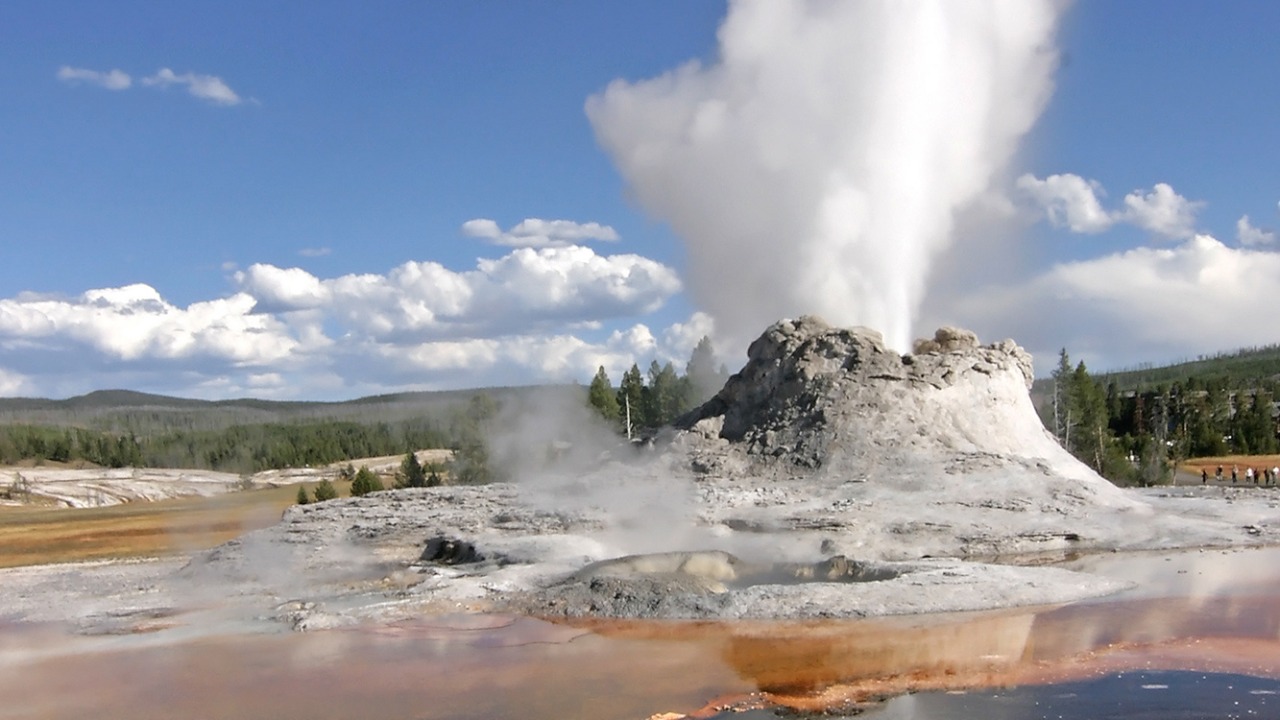
Possibility of Creating New Land Areas
The possibility of a new island emerging brings promising possibilities for land expansion. Once the island becomes stable, it could create chances for economic and political advantages. Additional land can serve as a valuable asset, offering room for buildings and possible tourist spots.
The lasting existence of new islands is influenced by several elements, such as their geological strength and environmental sustainability. Through examining these areas, researchers and government officials can develop well-informed choices regarding the potential applications of these newly formed land areas.
Global Awareness and Education
Increasing public knowledge about volcanic activity and its effects is essential for promoting a worldwide comprehension of these natural events. Learning programs can enable communities to recognize the ever-changing characteristics of the Earth's surface and the significance of protecting and researching these emerging environments.
Watching the creation of islands as it happens offers special learning chances, giving understanding of earth's processes and how life adjusts. This information can encourage upcoming scientists and eco-conscious individuals to keep investigating and grasping our constantly evolving world.
